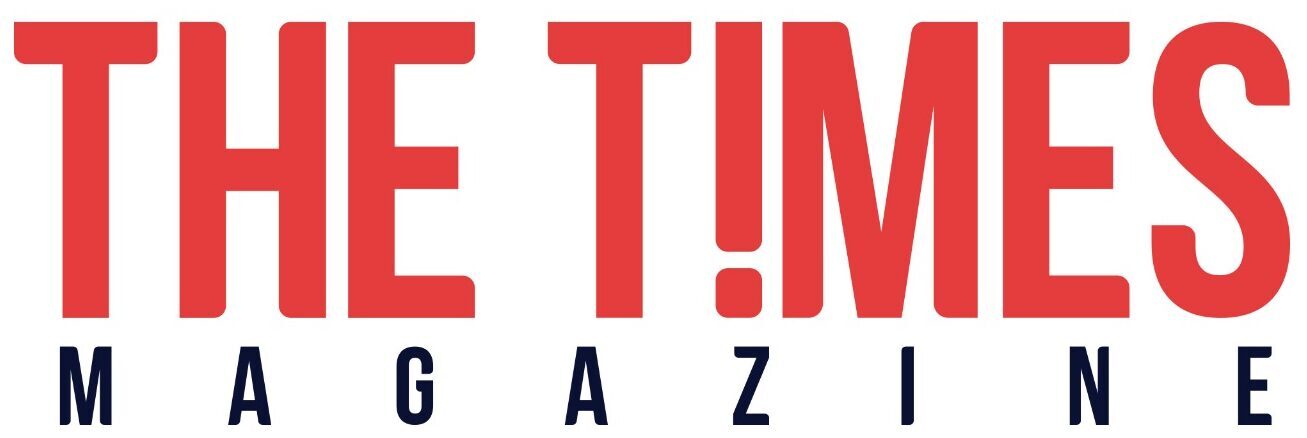In the often opaque world of building materials and energy tech, NxLite has seized a moment. The Michigan‑anchored startup recently closed a $9.2 million Series A round, positioning itself to scale its next‑generation “air‑stable” coatings for transparent surfaces. What may sound niche is quietly ambitious: to recast how buildings, vehicles, and appliances manage light, heat, weight — and ultimately, energy.
Rewriting the Rules of Transparency
At its core, NxLite takes on one of the trickier challenges in energy design: how to let light in while keeping heat or cold out. Their coatings, based on proprietary formulations, can be applied not just to traditional glass but also to polymeric substrates like acrylic and polycarbonate. What makes this significant is their air-stability — the coatings resist peeling, bubbling, or degradation when exposed to ambient conditions — and they can perform in monolithic (single-pane) as well as multi-pane windows.
In July 2025, NxLite expanded its toolkit with the commercial launch of L80, said to be the industry’s first low-emissivity sputter coating suitable for polycarbonate and acrylic sheets. This enables manufacturers to combine lightweight polymers with high-performance thermal control — a pairing previously considered technologically elusive. As Lisa Green, NxLite’s Director of Product Management, put it:
“When manufacturers need see-through products with advanced energy efficiency, they can now choose the right substrate for their application — whether that’s glass, thin glass, acrylic, polycarbonate, or a combination.”
The latest funding will underwrite three key thrusts: ramping up capacity at its Advanced Innovation & Manufacturing (AIM) Center in Canton, Michigan, accelerating commercialization efforts, and strengthening partnerships across window, plastics, and other sectors. The AIM facility, a 45,000‑square-foot complex, also houses R&D infrastructure tied to prototyping and scale.
Major financial backers include Crabtree Lane Alt, LLC, along with participation from Earth Foundry, MUUS, New Climate Ventures, and ACT Venture Partners. On the commercial front, NxLite already claims joint development agreements and offtake orders spanning window makers, plastics firms, and even refrigeration and transportation players. In a testimonial that underscores cross-industry appetite, Bobby Weatherholz of DALB Inc. observed:
“We are seeing significant interest with our customers in the vending, beverage cooler, automotive, and transportation industries.”
Why this matters: windows are a major leaky spot in buildings. The U.S. Department of Energy estimates that nearly 30% of heating and cooling energy is lost through windows. If NxLite’s solutions deliver at scale, the emissions and cost implications could be meaningful.
Why the Timing Matters
The push toward sustainability has made glass and glazing technologies more than aesthetic or architectural features — they are performance assets. But in practice, many buildings retrofit rather than rebuild, making modular, insertable, or lightweight glazing solutions more attractive. NxLite’s coatings — especially in monolithic or retrofit-friendly forms — could find easier adoption in such scenarios.
Furthermore, weight reduction is a strong lever in sectors like refrigeration, transport, and mobile equipment. By enabling energy control on plastic-based—or hybrid glass-plastic—substrates, NxLite is positioning itself at the intersection of materials engineering and sustainable design. Its promotion of polymeric glazing (e.g. polycarbonate, acrylic) with “glass-level performance” is a differentiator.
That said, the axiom “theory is not deployment” still looms. From pilot runs to volume manufacturing, the devil lies in yield, durability, and integration with existing supply chains.
Editorial: The Road Ahead — Risks, Leverage, and Scale
NxLite’s raise is a strong signal that investors believe there’s room to disrupt a centuries-old materials ecosystem. But the path is steep. Scaling coatings that must adhere uniformly to large-area, diverse substrates (glass, polymers, hybrids) without defect is nontrivial. Margins can be buffeted by substrate costs, coating uniformity, waste, and competition from incumbent low-E glass and film suppliers.
Yet the upside is compelling. If NxLite can lock in relationships with major window and plastics manufacturers, its coatings could become embedded in architectural supply chains, creating what the industry calls “moat by specification.” International expansion—especially into regions with high cooling loads (Southeast Asia, India, Middle East)—could offer lucrative demand tailwinds. In India, for instance, glazing plays a key role in managing heat load in buildings; a local partner could fast-track adoption.
For NxLite, success hinges equally on material science and commercial execution. Its ability to bundle technical support, tailor configurations, and manage capital-intensive scale will matter. If it can navigate these execution challenges, it could reposition transparent surfaces from passive elements to active efficiency components.
If you need further assistance or have any corrections, please reach out to editor@thetimesmag.com.











